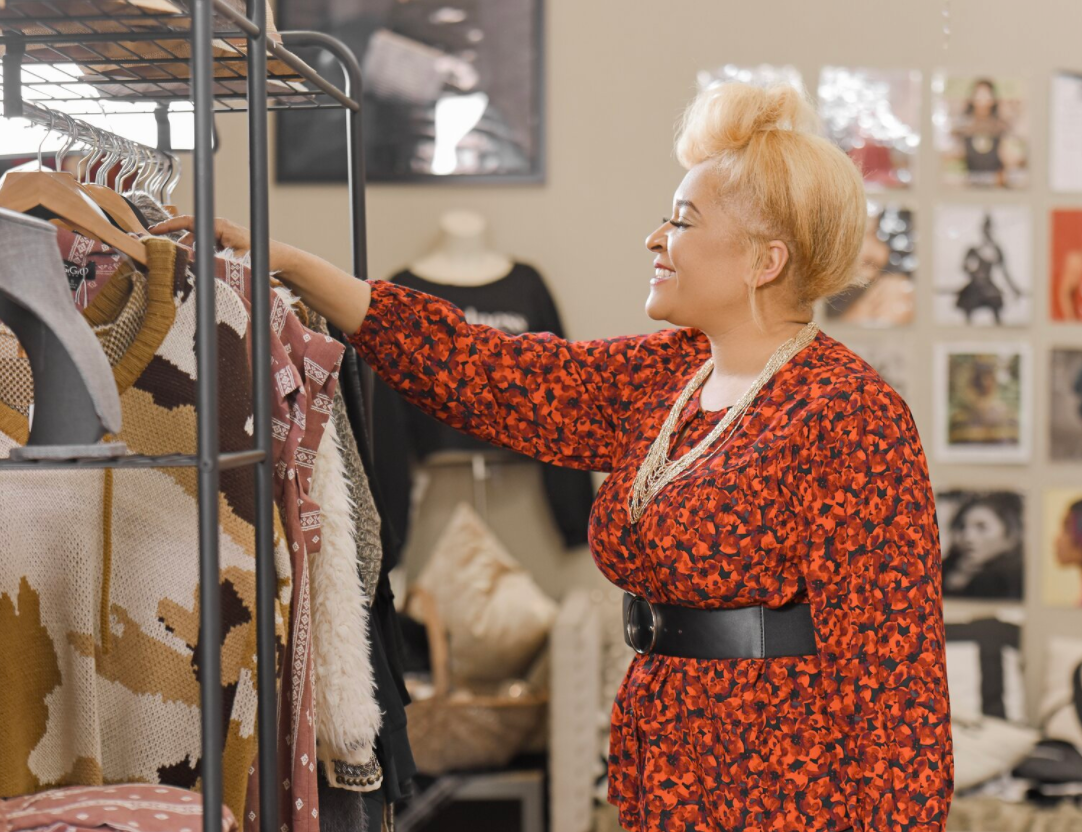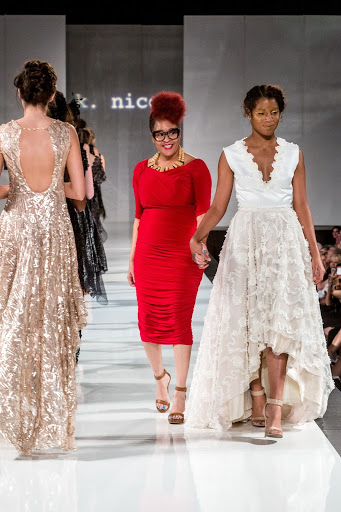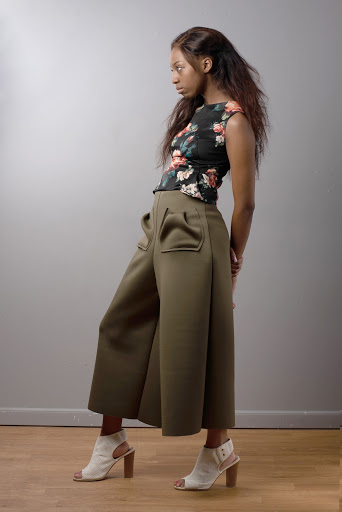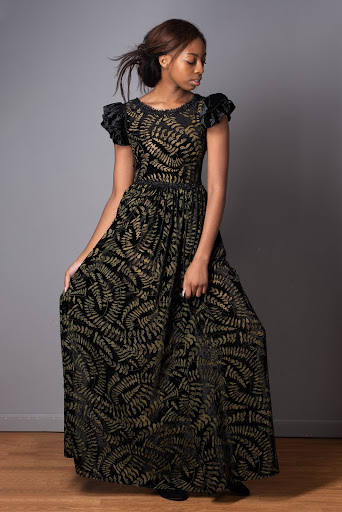Blacks in STEM Interview Series: Not Your Mother’s STEM
February 23, 2021
By Teach to One

In celebration of Black History Month, New Classrooms’ Diversity, Equity, and Inclusion (DEI) Circle is highlighting the stories of contemporary African Americans in STEM. Our first feature was Mikeal Vaughn, Founder and Executive Director of Urban Coders Guild, a non-profit in Tulsa, Oklahoma, that is providing STEM education opportunities to underrepresented and underserved communities. In this installment of our “Blacks in STEM” interview series, we speak with Kenya Carter about how broad a field STEM really is, and how integrally connected her fashion and hairstyling work is to science, math, engineering, and technology. Read our interview with Kenya Carter to learn about the intersection of art and science — the idea of STEAM (science, technology, engineering, ART, and math) at work.
NC: Thanks so much for agreeing to sit down with me and discuss your career. I am excited about this interview because it’s a little bit different from the others within our Blacks In STEM Interview Series. To begin, tell me about K. Nicole and how you got started.
KC: Like many students, I went to college and received my bachelors and masters degree and had a corporate job. But after some time I longed for more creativity and flexibility, so I went back to school to get my cosmetology license. From there I became a hair stylist and owned a salon for about 10 years. Along the way, I became increasingly interested in fashion, so I went to design school and tried to get my hands on some fashion endeavors, and I loved it. So I decided to shift and pivot into a career that included fashion as well. Since then I’ve had the opportunity to style at New York Fashion Week and Miami Swim Week a number of times and also to present my own line and establish my own brand, K. Nicole.

NC: Thanks for that backstory. I think it’s always interesting to learn the path that people took to become where they are. On that note, when most people think of STEM, they only imagine certain technical career types: engineers, computer programmers, and doctors. But there’s quite a bit of math and science in your work. Can you speak to that part of your work and background?
KC: When I started this career, I had no idea that I would be using so much math and science because I saw my field as more creative and less scientific. But as a hairstylist, especially with coloring, I use a lot of chemistry and also geometry with haircutting because it has everything to do with angles, so you really need a pretty decent geometry base. Of course, like most things, you could get around it, but in order to be proficient in what you are doing, this background is important.

NC: Yeah…totally dating myself…but this reminds me of the scene in Grease, where Frenchy becomes the beauty school drop out because she turns someone’s hair pink!
KC: Exactly! It’s not as easy as people think if you really want to get it right! But in addition to coloring, I also use quite a bit of math and science in my designing; I often feel like an architect. I use a lot of angles in designing and drafting patterns and creating movement with my pieces. In having to go from a pattern to an actual garment, I have to know how to turn things into a three dimensional object. This also includes a lot of measuring and altering, which means more math and science–definitely more than I originally imagined.

It’s important for students and parents to know that STEM is broad and diverse. There’s more than just one career type to choose from as a student interested in STEM. Art, math, and science all play a part in Kenya Carter’s work. To see more of Kenya Carter’s designs, visit her website here.
Latest Posts

Recording: Data and End of Year Rollover Webinar
In this 45-minute webinar recording, Michelle Palmer, Senior Director of Customer Success, and Liat Greenspan, Associate Director of Program Success, explain how to assign a skill or pathway, use the Teacher Dashboard to identify struggling students, leverage the Reports Hub for weekly planning, and monitor growth and engagement on the Progress Page.

Getting Students Engaged in Math at Valley Charter
Students arrive at their assigned seats equipped with laptops and individualized Teach to One Roadmaps packets, which include a work time poster, a note-taking sheet, and graph paper.

Webinar Recording: Unlocking Algebra
On Tuesday, May 13, TNTP and New Classrooms released the report: Unlocking Algebra – What the Data Tells Us About Helping Students Catch Up. On the same day Adam Meier, Partner, Research Center of Excellence, TNTP, and Joel Rose, Co-founder and Chief Executive Officer, New Classrooms, presented the findings, recorded in the webinar below. Looking […]